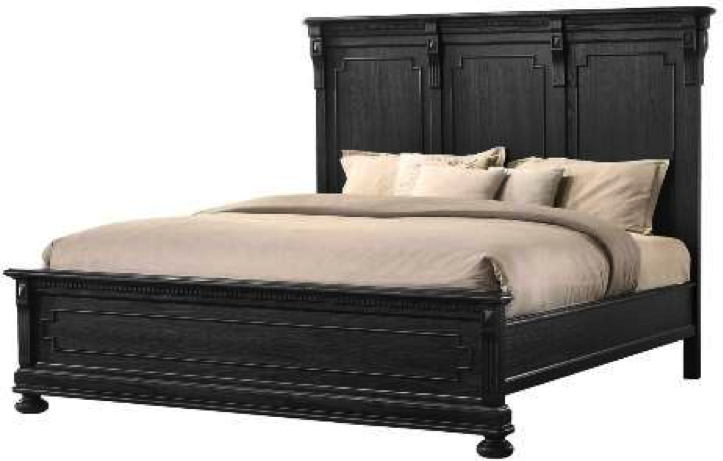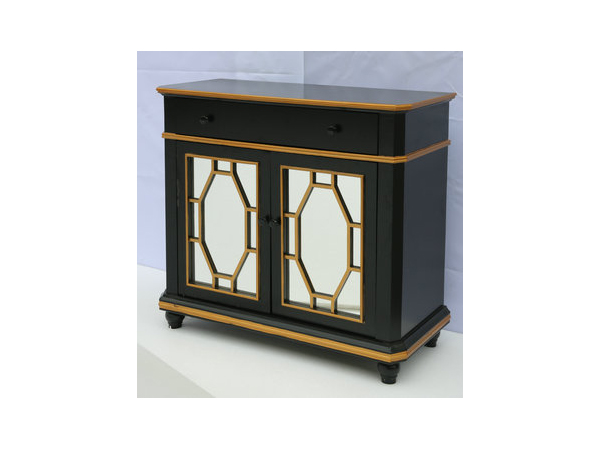No products in the cart.
Return To ShopYour Dining Room Furniture Selection Guide
Getting Started
You don’t change your dining room décor very often so when you do it is important to get it right. This will ensure you get results that you find functional, comfortable and aesthetically pleasing for many years to come.
As a gathering spot, your dining space may take on many functions from grand dinners to casual breakfasts, game table to art studio to home office.
Measuring your Dining Space
To create a space that is comfortable and functional you need to make sure there is enough room to relax and manoeuvre around. Before purchasing your dining room furniture, measure your space.
The number of chairs you are able to place at the table is determined in multiple ways. In fact, two tables with the same size top might accommodate different numbers of people based on the leg placement and top overhang.
If you are trying to maximise seating, consider a pedestal or trestle table or even benches as seating. This eliminates the space taken by table legs and in the case of benches, chair legs bumping into each other
- Width of Place Setting: The general guideline is to allow 60cm for every person at your table. However, using a tablecloth instead of individual placemats or bench seating instead of chairs allows for cosier seating. The complexity of your place settings is also a factor: multiple utensils and extra glassware at each seat requires more space for each person.
- Depth of Table: The absolute minimum depth for a dining table is 75cm. If you rely on your table for serving space, a depth of 90cm or larger provides more room for platters, bowls, pitchers and centrepieces.
- Distance between edge of your table and other pieces of furniture or wall: If possible, leave at least 1m between the edge of your table and other furniture or the wall. This provides enough room for someone to walk behind the chairs while others are seated or to open a door on a nearby cabinet. If you have room, 1.2m of space is ideal.
Choosing your Dining Table
When considering a dining table for existing chairs ensure they will be a comfortable fit for your dining table. A distance of about 20-30cm from chair seat to table top is a good fit. Also ask yourself the following questions:
What sort of finish do I like best? Ultimately it comes down to you so make sure you choose something you really love. Some tips to keep in mind are, if choosing glass make sure it is tempered glass. This is glass that has been treated for strength and durability. Glass also bounces light around a room so can make a space more light and airy. Timber Dining tables can add formality if you are after a more formal dining space.
Will the table fit in with my lifestyle? E.g. if you have a young family will this table stand up to everyday use? What sort of maintenance will the dining table finish require? If you are planning to move often in the next few years you will also require a table that is easily transportable.
How many people do I need to seat? Here are standard sizes of tables for seating
Seats 4
- 90cm square or round
- 105cm square or round
- 110cm square or round
- 110 x 75 rectangle
- 130 x 80 rectangle comfortably
- 120cm round very comfortably
Seats 6
- 120cm round
- 130 x 90 rectangle
- 150 x 90
- 180 x 90
Seats 8
- 140 x 140 square
- 210 x 90 rectangle
Seats 10
- 240 x 100 rectangle
Choosing your Dining Chairs
The chairs around your table need to work for your lifestyle. Consider the factors below to help you find the dining chair that best suits you.
Material: For long, lingering meals, an upholstered chair is the ultimate in comfort. Concerned about spills? Faux Leather or vinyls are the most forgiving. With contoured seats and angled backs, our wood chairs provide comfort, durability and a natural look. We also offer wood chairs with upholstered seats for the beauty of wood with added comfort.
Versatility: Dining chairs don’t always live at the table. For a versatile seating solution, consider a chair that would work equally well as occasional extra seating in the living room. Stackable chairs allow you to easily store your seating. Some of our dining chairs are made from materials that can live outdoors as well, so you can bring great design and comfort outside.
Size: Keep in mind that smaller chairs allow you to fit more people around a table while wide chairs with arms typically provide the most comfort. We recommend you leave at least 15cm between chairs to ensure the diner has enough room to eat comfortably without bumping into the person beside them..
Choosing Side Tables, Sideboards, Buffets
If space permits you might want to add an attractive side table or sideboard or buffet to your dining space. Remember to allow at least 1m from the edge of the dining table to the front of the furniture piece. These can enhance the display, you can attractively display décor items on top. Sideboards and Buffets can be functional also by providing storage for guests cutlery, platters and other servingware/tableware.
Caring for your Dining Room Furniture
Chrome surfaces should be cared for using a chrome polish purchased from an auto store such as SuperCheap Auto. Make sure these surfaces are kept dry to stop rust developing. Avoid harsh acidic or abrasive cleaners.
Stainless steel surfaces should be cared for by wiping down with a damp cloth, followed by a dry cloth. Use a stainless steel cleaner as per instructions and wipe dry. Avoid harsh acidic or abrasive cleaners.
Timber surfaces should be cared for by wiping down with a damp cloth, followed by a dry cloth. To preserve the finish and patina treat weekly with a beeswax furniture polish. Use adhesive felt pads, trivets, coasters and placemats to help prevent scratches.
Glass should be cleaned regularly with glass cleaner to maintain a streak free finish. Use adhesive felt pads, trivets, coasters and placemats to help prevent scratches.
Marble or Stone should be cleaned regularly with a damp cloth, followed by drying thoroughly with a dry cloth. Avoid harsh acidic or abrasive cleaners. As marble is porous clean any spills immediately.
Faux Leather or Vinyl upholstery should be wiped with a damp cloth followed by a dry cloth. Avoid harsh acidic or abrasive cleaners.
Fabric upholstery should be vacuumed regularly on a light setting. We strongly recommend getting your fabric upholstery Scotch-Guarded before the first use.
Laminated Timber and Powdercoated MDF should be cared for in the same way as timber surfaces.
Other factors to consider when designing your Dining Room
If placing rugs underneath a table ensure the rug extends beyond where the chair accommodate all the legs of the chairs, even when the chairs are pushed away from the table (such as when guests get up from the table). At least 61cm from the edge of the table to the edge of the rug will give you plenty of room and prevent chair legs from catching on the edge of the rug.
When lighting your dining room, start with the overhead fixture. Choose a pendant lamp that creates a pool of light that is large enough and bright enough to ensure your guests are not sitting in shadows. Hang your pendant approximately 30 inches above the table to keep sight lines open. Whatever source you choose for lighting, make sure it has a dimmer switch, so that you can adjust the amount of light you need.
View our store locator for stockists of Berton Furniture’s Dining Room furniture https://www.bertonfurniture.com.au/store-locator/
Resources:
www.roomandboard.com/ideas_advice/buying_guides
https://www.thespruce.com/things-to-know-before-furnishing-dining-room-1391510
https://www.forbes.com/sites/houzz/2015/06/12/a-buyers-guide-to-the-dining-table/#df2cef7678ea
http://www.habitat.co.uk/buying-guide-dining-tables





















Leave a reply